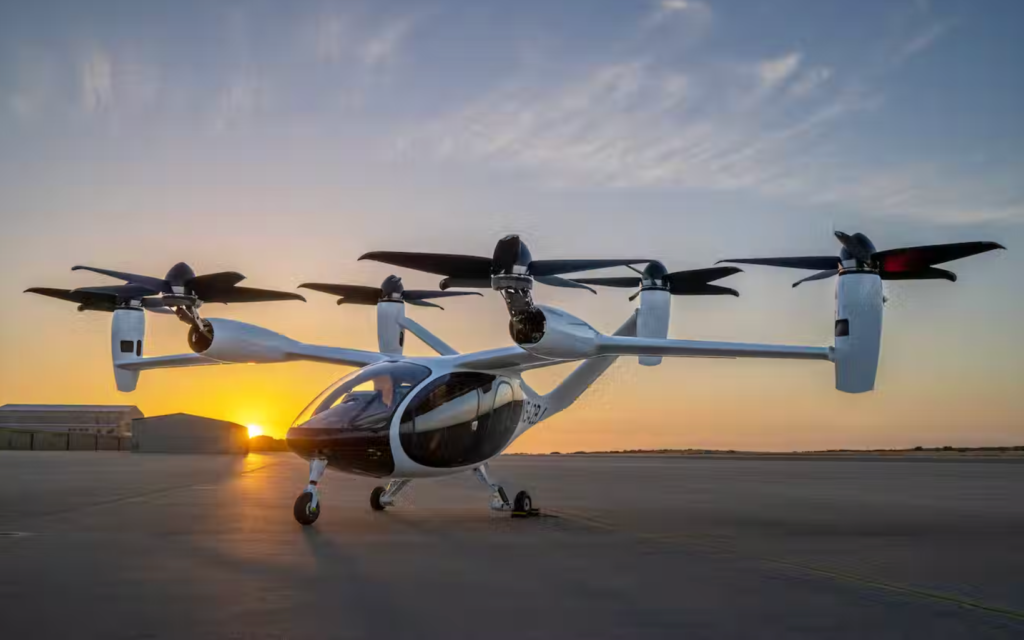You could soon be catching an air taxi to the airport if Delta Airlines’ investment in Joby Aviation works out.
It will probably be slightly different to South Africa’s Siyaya taxis with passengers passing money from the back of the taxi. Also, you won’t have to worry about sitting in front and calculating the change so you give the driver the right amount. Your Joby experience might be completely different, but it’s still a taxi.
Fly me to the… airport
It plans to have vertiports across New York City and Los Angeles initially. These will be close enough to residential areas.
Joby’s service will be “mutually exclusive” to the United States and the United Kingdom for five years. The companies say there’ll be an option to extend the exclusivity. Maybe try it out next time you’re in those countries.
According to Joby CEO, JoeBen Bevirt, a 50-minute trip by car between Manhattan and JFK Airport takes 10 minutes in their aircraft taxi.
The helicopter/drone-looking air taxis still need to go through regulatory processes.
Joby’s recent tests with NASA found the aircraft to produce less noise than a typical helicopter, so don’t worry about engine noise disturbing your peaceful view while you fly. The company says its noise levels sound more like a hum of a refrigerator.
The bad news is, no country in the world has approved Joby’s electric air taxis for commercial services. Yet.
“We’ve found in Joby a partner that shares our pioneering spirit and commitment to delivering innovative, seamless experiences that are better for our customers, their journeys, and our world.” – Delta CEO, Ed Bastian. [1/2] pic.twitter.com/hhJ6WPWLrC
— Joby Aviation (@jobyaviation) October 11, 2022
Delta plans to invest $60million to $200 million in Joby Aviation’s home-to-airport service. Joby plans to offer a service that’ll transport passengers from their nearest vertiport (not a taxi rank) to the airport.
“Delta has made an upfront equity investment of $60 million in Joby, with the opportunity to expand the total investment up to $200 million as the partners achieve substantive milestones on the development and delivery of the service,” says Joby in a statement this week.
Delta has not revealed the actual milestones that Joby would need to reach to get the $200 million.
You could soon be catching an air taxi to the airport if Delta Airlines’ investment in Joby Aviation works out. https://t.co/aVUfZPREzG . .
Would you take an electric air taxi to the airport? #StuffSA
— Stuff South Africa (@StuffSA) October 14, 2022
Source: The Verge




